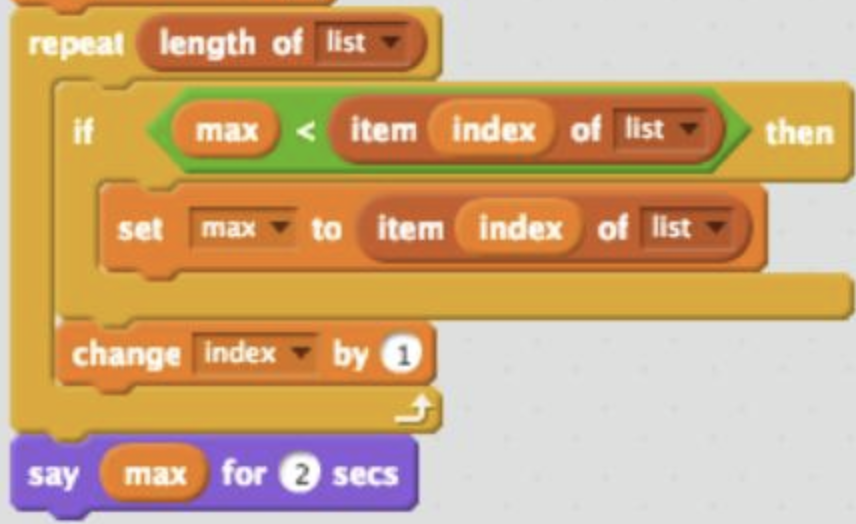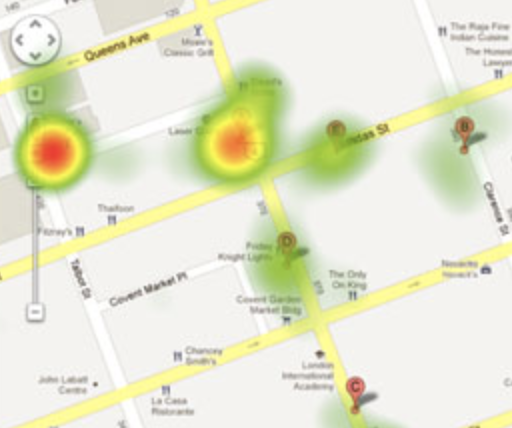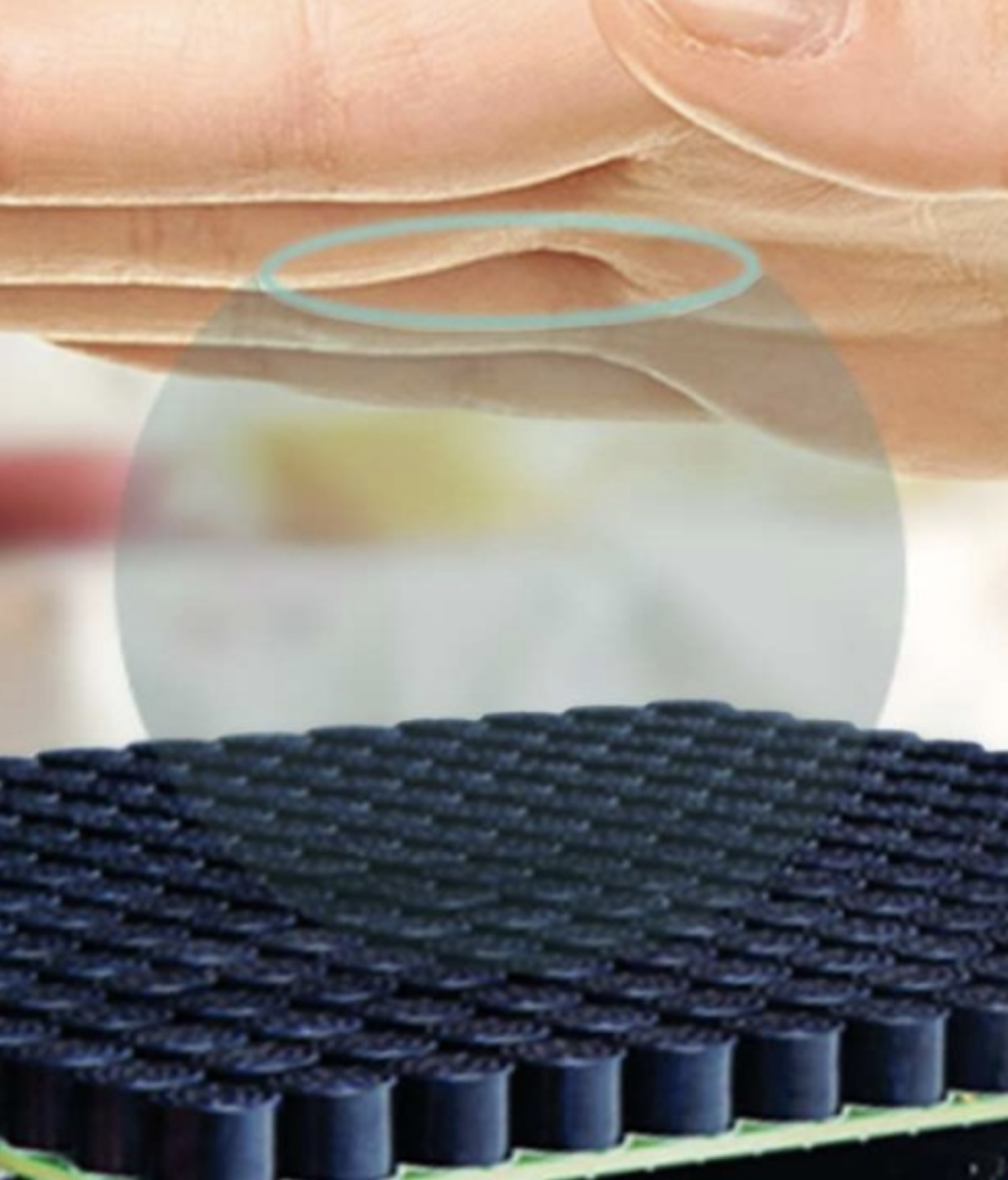Ghana has a population of over 27 million people, of which 1 in 15 may have a communication disability. The number of speech and language therapists (SLTs) available to support these people remains remarkably small (under 20 SLTs to support the entire population), presenting a major workforce challenge. As an emerging profession, there remain significant challenges around educating the first generation of SLTs. Ghana, however, has a healthy digital infrastructure which can be taken advantage of.
Honours and Minor Thesis projects
Displaying 201 - 210 of 219 honours projects.

In this project you will work on creating a 3D printed platform used with an iPad for people who are blind or have low vision. The platform will allow people to program in the Scratch visual programming language (https://scratch.mit.edu/) using 3D printed blocks.

Accessing maps is a very challenging task for people with vision impairment. Particularly, navigating a map using panning and zooming and finding information on the screen.

People who are blind need to touch surfaces and materials to get information. These surfaces can be a Braille paper that has Braille text, a swell paper that has embossed shapes, and a button that is used to turn on and off a device like a TV or to open a train carriage door.

For Australians with impaired vision, accessible books are a lifeline to education and vital everyday information, and also to the independence and personal autonomy that sighted people take for granted. Yet much literature remains in an inaccessible format.

Computational creativity is a subfield of AI that aims at studying theoretical and practical issues of creative behaviour by computational agents.
Computational creativity is a subfield of AI that aims at studying theoretical and practical issues of creative behaviour by computational agents. An interesting aspect of creative behaviour is that it involves intrinsic factors such as motivations, intentions, struggle, etc. With this project we are interested in studying such intrinsic factors in a computational setting through the use of the Belief-Desire-Intentions (BDI) model. The project involves carrying out a survey of existing work on the use of the BDI model in AI in general and computational creativity in particular…
Explainable AI (XAI) is a subfield of AI that has grown in recent years with the goal of making black box systems more transparent and accountable through models of explanation that communicate the way decisions have been reached. Research into the role of XAI in creative systems is in its infancy, but is rapidly gaining attention in how we approach the development of co-creative AI systems.
Today's society and its organisations are becoming ever-increasingly dependent upon Information and Communication Technology (ICT) systems mostly based in cloud data centres. These cloud data centres, serving as infrastructure for hosting ICT services, are consuming a large amount of electricity leading to (a) high operational costs and (b) high carbon footprint on the environment. In response to these concerns, renewable energy systems are shown to be extremely useful both in reducing dependence on finite fossil fuels and decreasing environmental impacts.
BARD: Bayesian Argumentation via Delphi [1] is a software system designed to help groups of intelligence analysts make better decisions. The software was funded by IARPA as part of the larger Crowdsourcing Evidence, Argumentation, Thinking and Evaluation (CREATE) program. The tool, developed at Monash University, uses causal Bayesian networks as underlying structured representations for argument analysis. It uses automated Delphi methods to help groups of analysts develop, improve and present their analyses.